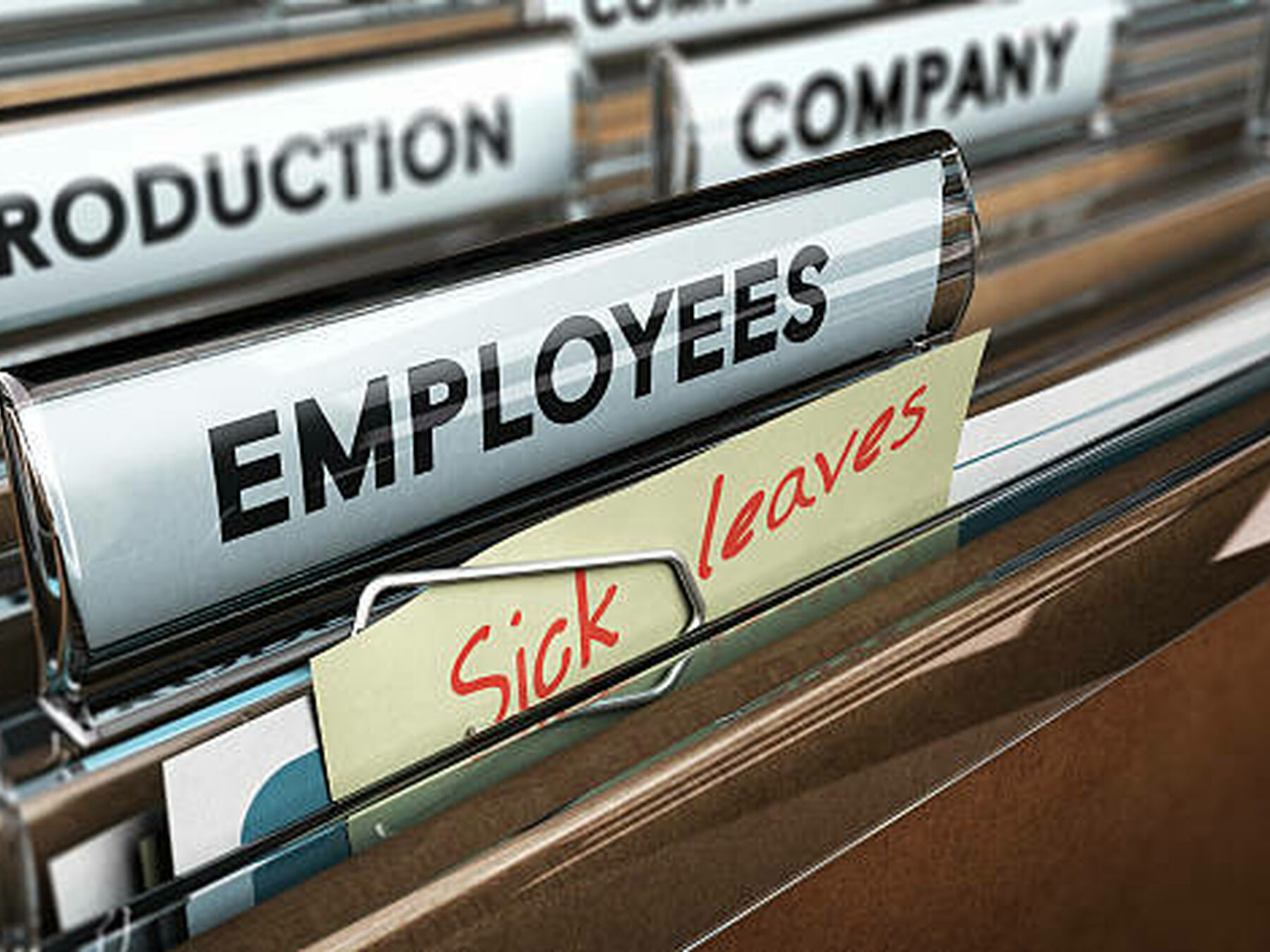
26 Jun 2024
Sickness Absence - HR Advice Guide For Employers
It is essential that employers understand how to manage absence in the workplace in order to support your staff, whilst also minimising the impact on your business. This sickness absence hr advice guide outlines everything you need to know about managing absence.
Unfortunately, long-term illnesses or injuries can happen to any of us at some point in our lives, meaning most of us will have absence due to sickness during our working lives.
Absences have a significant impact on productivity within workplaces and have a direct cost to employers so for this reason it is vitally important that employers understand how to manage sickness absence.
Employers will need to find the right balance of offering support to those who are ill (including making any reasonable adjustments for disabled employees), whilst also ensuring employees do not contravene the rules. Below, we detail everything an employer needs to know about sickness absence.